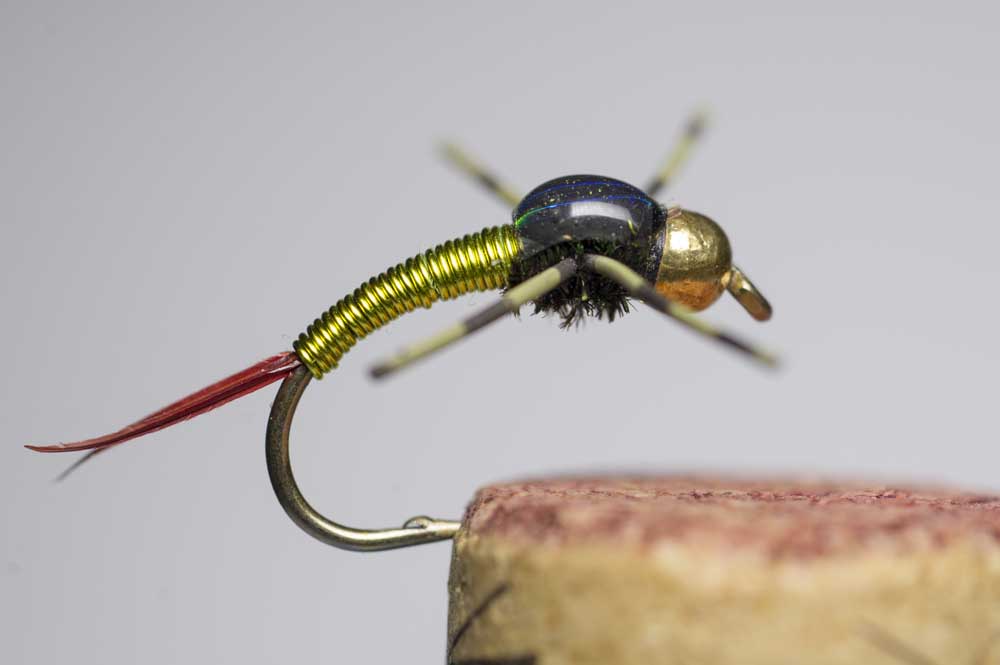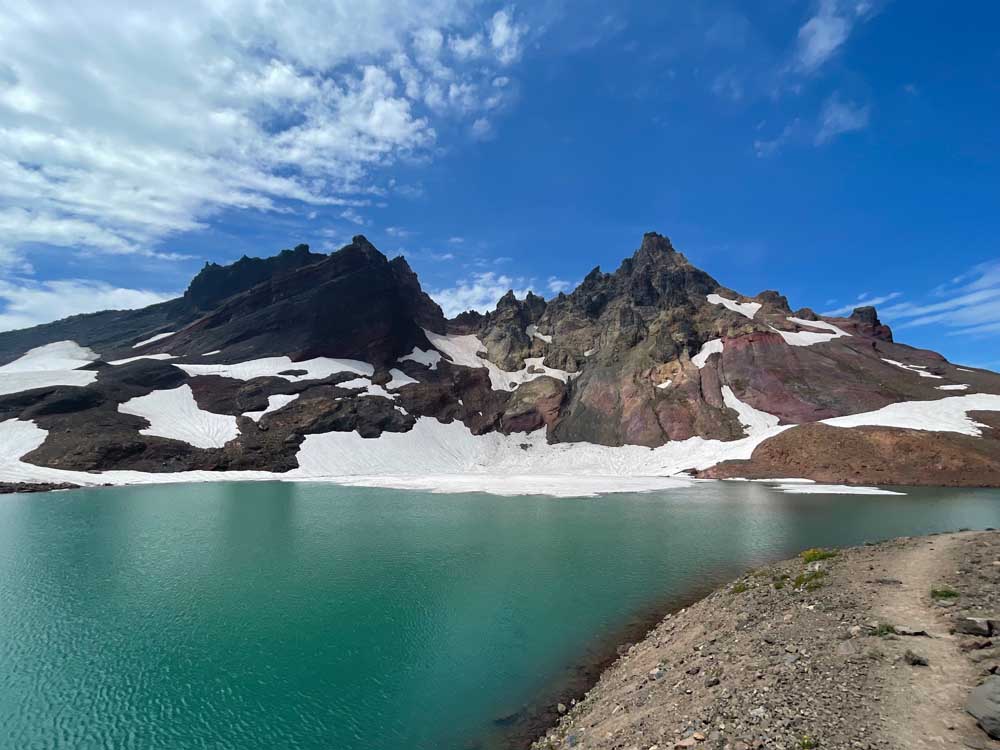Chukar hunting forecast: a short drive for a change
Published 10:00 pm Monday, November 2, 2020

- Steelhead Copper John, courtesy Fin and Fire.
Last year, high above the Deschutes River, I caught a glimpse of a covey of chukar that must have numbered 150 birds. I tried to follow them, but they gave the dog the dodge. When we topped out on the ridge, the stragglers were 70 yards away, too far, flying down the other side toward the river.
Chukar populations are cyclical and with all things being equal, we expect to see healthy populations of chukar every eight to 10 years. But it’s been awhile.
Trending
Mikal Cline is Oregon’s upland bird biologist. After a string of hard winters and some bad summer fire seasons, Cline saw some interesting trends in summer counts.
“For whatever reason the birds in the Deschutes and John Day drainages are having a booming year,” Cline said.
But that’s not all. Bird numbers look better in the Malheur drainage.
“We saw a real population crash in the winter of ‘16-’17 at the Riverside Wildlife Area on the Malheur. It seems like those birds have bounced back, too.”
Cline clicked back through her records while we talked.
“There were some years in the ‘90s when everything really came together,” Cline said. “In 2003 through 2006, those were really good years and we haven’t seen anything like them since. 2005 was the last time we really had an incredible chukar year. We haven’t seen anything like that in 15 years.”
Trending
Think about that. The average lifespan of a German shorthaired pointer is 15 years.
It takes a couple of seasons of production, combined with prime range conditions to set us up for an above-average chukar season. We might be at the leading edge of good chukar hunting again.
“The thing about chukar is they have the ability to be remarkably productive. In a perfect year they can produce a lot of young.”
Rim rocks and cheat grass. A trickle of water. Chukar make their living, even thrive, in inhospitable habitat where no other game birds or animals can survive for long.
Other bright spots in the game bird forecast include quail, Hungarian partridge and (gasp) pheasants in the Columbia Basin.
“There are definitely pockets where pheasants are doing well,” Cline said.
Scout it out
Chukar hunting is the last, best public land opportunity for the wing shooter. Hundreds of miles of skyline are owned by the taxpayer. A hunter can walk for hours on land owned in common with every other citizen of the United States.
When you go, remember that birds in accessible areas are hit hardest and will probably be wild and spooky. Search out pockets other hunters may have missed.
“Have a good map or a good app that tells you the land ownership,” Cline suggests. Public lands are kind of checkerboarded across the landscape. “There is a lot of BLM land if you can get to it. Figure out who owns what first.”
Much of eastern Oregon is owned by state and federal agencies. Use a Bureau of Land Management map to determine ownership of the land before the hunt. For the largest selection of maps east of the Cascades, including BLM maps, try Bend Mapping. Another good tool is the OnX app.
The Oregon Department of Fish and Wildlife has invested a lot of time and effort in access programs which should pay off for hunters who take the time to learn the options and do a little scouting.
Private lands enrolled in the Upland Cooperative Access Program (UCAP) can be found in Wasco, Sherman, Gilliam and Morrow counties throughout the Columbia Basin. There are two types of UCAP properties. Welcome-to-hunt properties are indicated with green signs. Hunting-with-permission properties are posted with yellow signs — simply contact the landowner at the listed phone number and schedule a hunt. A little scouting before the hunt can pay off.
Another option is the Regulated Hunt Areas (RHAs), found on the Columbia River east of Arlington and at the Port of Morrow, and the Heppner RHA. For details on open fields and RHAs, call The Dalles district office (541-296-4628) or the Heppner district office (541-676-5230).
For more information, including maps and boundary details, click on https://myodfw.com/articles/public-access-private-land-bird-hunters-columbia-basin.
That huge covey of birds I bumped above the Deschutes a couple of years ago, I like to think they are part of the boom we are seeing in Wasco County.
Sometimes I think back on that moment. One person just can’t outmaneuver 150 birds. Next time, if I could get one other hunter to circle out on that plateau and work back to me without pushing too hard, we both might have a chance. But finding a hunting partner like that is like finding a big covey of birds. Maybe that’s why chukar are so addicting. You keep trying and trying again. Sometimes you even hit it right. At least that’s what I tell myself.
When the sun peeks over the shoulder of the hill and the first rays of direct sunlight penetrate through the water column, the bugs begin to move. And when the bugs move, trout and steelhead notice. It’s all happening in that first 10 minutes of direct morning light.
Here’s a bug for that moment. The Steelhead Copper John is clothed in chartreuse and charges the water like a jolt of electricity. Start fishing this one at midmorning, right before the sun hits the water.
Dead-drift the Steelhead Copper John below a strike indicator (set 2X the depth of the run in fast water). Probe underwater ledges and the transitions from fast to slow water. Watch the indicator and set the hook at the slightest hesitation in the drift.
Tie this pattern on a No. 4-8 scud style steelhead hook. Slide a brass or tungsten bead up against the eye of the hook. For the tail, use natural goose biots. Build a slightly tapered thread underwrap and then finish the body with chartreuse copper wire. Tie in speckled rubber legs, then wrap the thorax with wire reinforced peacock herl.
—Gary Lewis








